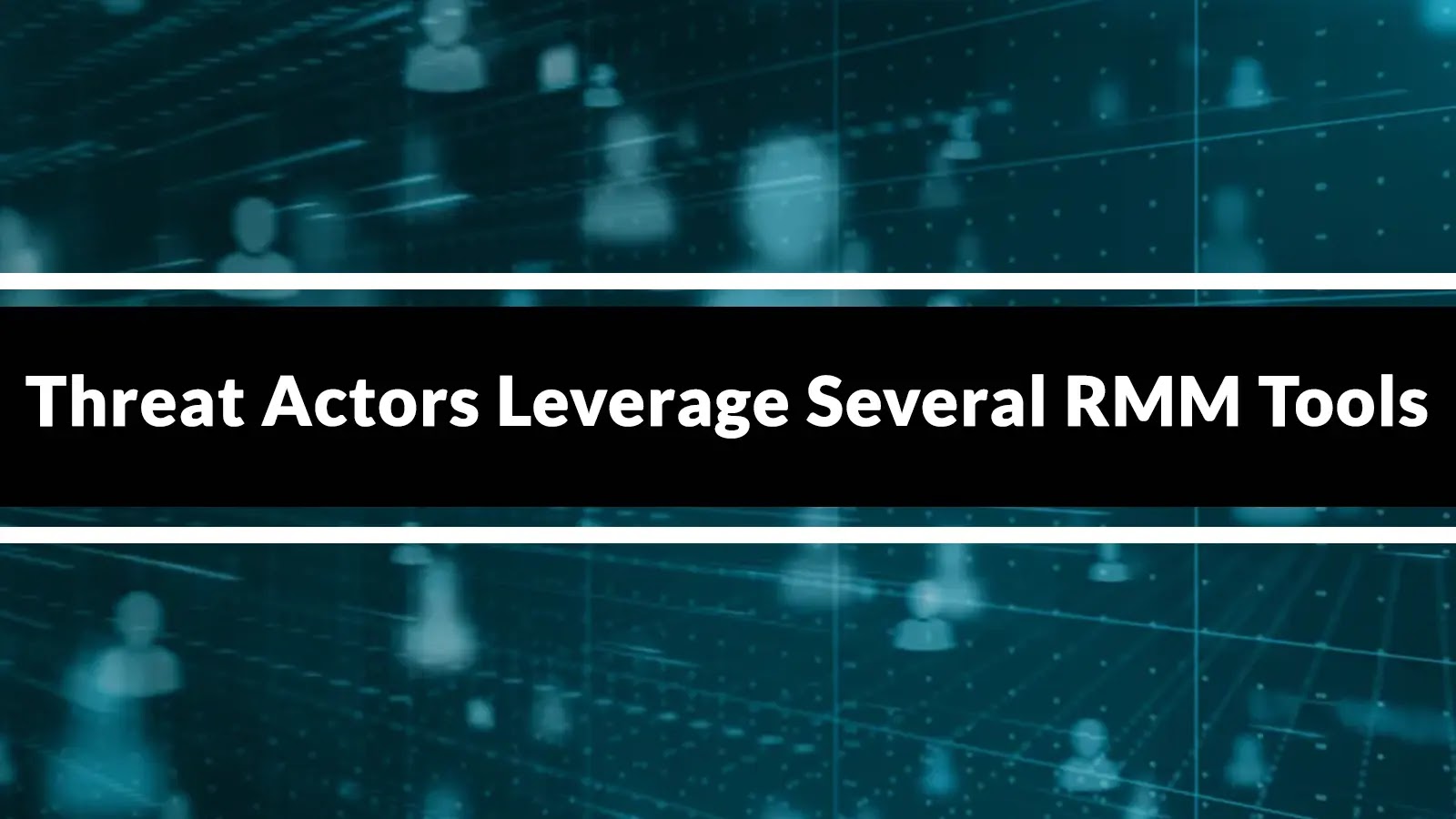
Threat Actors Leverage Several RMM Tools in Phishing Attack to Maintain Remote Access
The digital landscape is a constant battleground, and threat actors are perpetually refining their tactics. A disturbing trend has emerged where legitimate Remote Monitoring and Management (RMM) tools, designed to streamline IT operations, are being weaponized in sophisticated phishing campaigns. This alarming development allows attackers to establish persistent, stealthy access to compromised networks, posing a significant challenge for cybersecurity professionals.
Recent joint research by Red Canary Intelligence and Zscaler threat hunters has shed light on multiple malicious campaigns leveraging popular RMM solutions such as ITarian (Comodo), PDQ, SimpleHelp, and Atera. Understanding how these tools are being abused and the mechanisms behind these attacks is crucial for effective defense.
Weaponizing Legitimate RMM Tools
RMM tools are indispensable for IT departments, enabling remote control, monitoring, and management of endpoints and servers. Their legitimate function, however, makes them attractive targets for malicious exploitation. Threat actors are capitalizing on the inherent trust placed in these applications and their ability to bypass traditional security controls that might flag unknown executables.
The core of these attacks lies in delivering legitimate RMM client installers directly to victims via phishing emails. These emails are meticulously crafted to appear authentic, often impersonating trusted entities or internal communications. Once a user executes the RMM client, the threat actor gains an immediate and persistent foothold within the network, often with administrative privileges.
The Phishing Vector: A Persistent Threat
Phishing remains a highly effective initial access vector. In these campaigns, the phishing emails are designed to trick users into downloading and installing the RMM software. This could involve:
- Malicious Web Links: Directing victims to compromised websites hosting the RMM installers.
- Attached Files: Embedding the RMM installers within seemingly legitimate email attachments.
- Social Engineering: Convincing users that installing the software is necessary for a critical update, service, or issue resolution.
Once installed, the RMM client communicates with the attacker’s controlled server, providing a covert channel for remote access and control.
RMM Tools Under Scrutiny
The intelligence reveals several specific RMM platforms being misused:
- ITarian (Comodo): Known for its comprehensive IT management features, ITarian’s legitimate remote access capabilities are being co-opted for unauthorized control.
- PDQ: A popular tool for software deployment and inventory, PDQ’s ability to execute commands remotely is a significant draw for attackers seeking to extend their reach.
- SimpleHelp: This remote support and access tool offers robust features, but its simplicity also makes it an easy target for abuse when delivered maliciously.
- Atera: A cloud-based RMM platform, Atera’s widespread adoption provides a larger attack surface for threat actors to exploit its remote management functionalities.
It is important to emphasize that these tools themselves are not inherently malicious. The danger arises from their unauthorized deployment and configuration by threat actors.
Sustaining Remote Access and Post-Exploitation
The primary objective of deploying RMM tools is to establish and maintain persistent remote access. This access allows threat actors to:
- Evade Detection: RMM traffic can often blend in with legitimate network activity, making it harder to detect anomalies.
- Lateral Movement: Once access is established on one machine, attackers can leverage the RMM tool’s capabilities or other techniques to move across the network.
- Data Exfiltration: Sensitive data can be silently extracted from compromised systems.
- Deploy Additional Malware: RMM access provides a direct pathway to install ransomware, keyloggers, or other malicious payloads.
- Command and Control: The RMM interface acts as a robust command and control (C2) channel, bypassing traditional firewall rules.
Remediation Actions
Defending against these sophisticated attacks requires a multi-layered approach focusing on prevention, detection, and response.
- Enhanced Email Security: Implement advanced phishing detection and prevention solutions. This includes DMARC, DKIM, and SPF protocols, as well as sandboxing attachments and links.
- User Awareness Training: Regularly educate employees about the dangers of phishing, how to identify suspicious emails, and the importance of verifying software installations. Emphasize the risks associated with installing unverified software, even if it appears to be from a legitimate source.
- Principle of Least Privilege: Ensure that users operate with the minimum necessary privileges. This limits the damage an attacker can inflict even if they compromise a user account.
- Endpoint Detection and Response (EDR): Utilize robust EDR solutions that can detect anomalous process execution, network connections, and file modifications associated with unauthorized RMM installations.
- Network Segmentation: Segment networks to limit lateral movement if a system is compromised.
- Application Whitelisting: Implement application whitelisting to prevent the execution of unauthorized software, including RMM tools that are not part of approved IT operations.
- Outbound Traffic Monitoring: Monitor outbound network traffic for suspicious connections, especially to unusual IP addresses or domains associated with RMM control servers that are not part of your legitimate infrastructure.
- Multi-Factor Authentication (MFA): Enforce MFA for all remote access mechanisms and sensitive internal systems.
- Regular Security Audits: Conduct regular audits of IT infrastructure, including RMM tool usage, to ensure compliance and identify potential vulnerabilities.
Conclusion
The weaponization of legitimate RMM tools by threat actors presents a significant challenge to modern cybersecurity defenses. These attacks leverage the trust and functionality of essential IT utilities, making them particularly insidious. By understanding the tactics involved, emphasizing robust user education, implementing comprehensive technical controls, and maintaining vigilant monitoring, organizations can significantly reduce their exposure to these evolving threats. Proactive defense and a strong security posture are paramount in protecting against attackers who continually seek to exploit legitimate tools for malicious ends.





